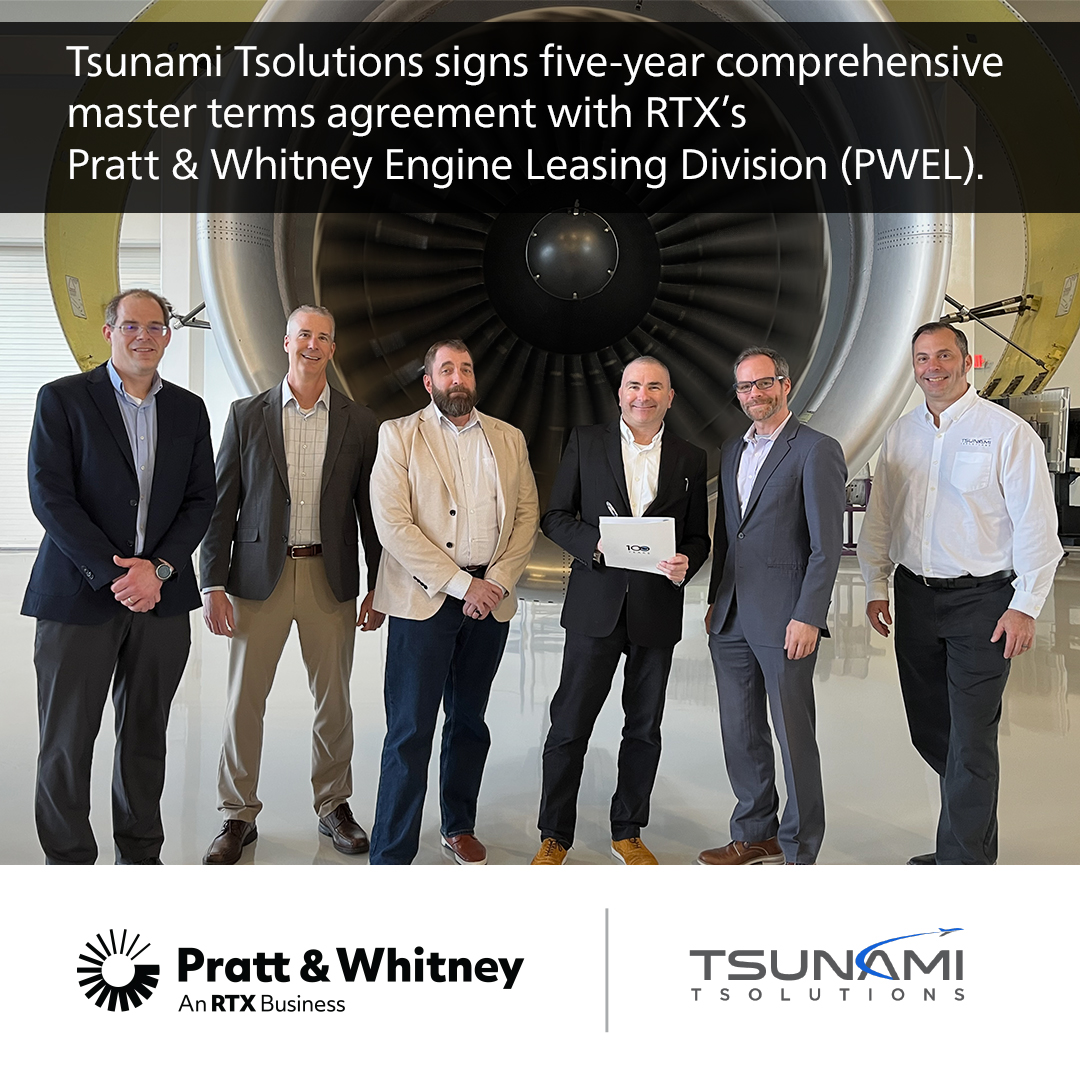Training is Expensive. Not Training is More Expensive.

It is very common to hear comments about how expensive it is to train employees but what a lot of people don’t realize is it often costs the company more when you don’t train employees.
The most common scenario that occurs is an employee being unsure of the steps and process to follow in the system. This requires them to search for answers in documentation or online help which introduces inefficiencies. Worse yet, they need to ask colleagues how to proceed and now you’ve reduced the efficiency of two employees.
These inefficiencies are multiplied by the number of employees and spread throughout the life of the system being used (remember there’s no training so new hires will also have the same difficulties).
Dollar Value Gain from Training
A properly designed training course will develop the skills necessary for an employee to competently and confidently operate the new software. These skills will introduce efficiencies that can be quantified and allow you to calculate the Dollar Value Gained.
To calculate the Dollar Value Gain from training you will need:
- Calculate average salary and benefits per employee
- Calculate percentage of time the employee spends on the task
- Calculate employee cost to perform task
- Calculate productivity gain
- Multiply the cost by the productivity gain
| Dollar Value Gain Example | ||
|---|---|---|
| Average Salary (including benefits) | $50,000 | |
| Time Spent on Task (% of Day) | x | 60 |
| Employee Task Cost | $30,000 | |
| Productivity Gain (%) | x | 15 |
| Dollar Value Gain | $4,500 | |
In this simple example, we’re showing a gain of $4,500 per employee per year. If this example were applied to ten employees, you would almost gain an extra employee’s worth of effort.
The initial savings would normally be applied to recovering the cost of developing the course material, but once that point is reached the company is saving money (in reality there may be a maintenance cost for the training content, but it is a fraction of the initial development cost). These savings will continue for the life of that task within the company.
Can you really afford the additional cost of not training employees? Tsunami Tsolutions can help. To learn more about Tsunami Tsolutions, click here or contact us.
Over decades in aviation, Tsunami Tsolutions has seen airlines, particularly smaller ones with fewer configuration engineers and mechanics, struggle to confidently verify that aircraft are configured with the right allowable parts.
Learn the the vulnerabilities A&D manufacturers face from their own aerospace and defense (ERP) software.
ERP and MRP were designed for repetitive manufacturing. How are IFS and Tsunami Tsolutions delivering shipbuilding ERP?
New partnership leverages expertise of both companies to field FireSwarm’s integrated response platform
Training is Expensive. Not Training is More Expensive.

It is very common to hear comments about how expensive it is to train employees but what a lot of people don’t realize is it often costs the company more when you don’t train employees.
The most common scenario that occurs is an employee being unsure of the steps and process to follow in the system. This requires them to search for answers in documentation or online help which introduces inefficiencies. Worse yet, they need to ask colleagues how to proceed and now you’ve reduced the efficiency of two employees.
These inefficiencies are multiplied by the number of employees and spread throughout the life of the system being used (remember there’s no training so new hires will also have the same difficulties).
Dollar Value Gain from Training
A properly designed training course will develop the skills necessary for an employee to competently and confidently operate the new software. These skills will introduce efficiencies that can be quantified and allow you to calculate the Dollar Value Gained.
To calculate the Dollar Value Gain from training you will need:
- Calculate average salary and benefits per employee
- Calculate percentage of time the employee spends on the task
- Calculate employee cost to perform task
- Calculate productivity gain
- Multiply the cost by the productivity gain
| Dollar Value Gain Example | ||
|---|---|---|
| Average Salary (including benefits) | $50,000 | |
| Time Spent on Task (% of Day) | x | 60 |
| Employee Task Cost | $30,000 | |
| Productivity Gain (%) | x | 15 |
| Dollar Value Gain | $4,500 | |
In this simple example, we’re showing a gain of $4,500 per employee per year. If this example were applied to ten employees, you would almost gain an extra employee’s worth of effort.
The initial savings would normally be applied to recovering the cost of developing the course material, but once that point is reached the company is saving money (in reality there may be a maintenance cost for the training content, but it is a fraction of the initial development cost). These savings will continue for the life of that task within the company.
Can you really afford the additional cost of not training employees? Tsunami Tsolutions can help. To learn more about Tsunami Tsolutions, click here or contact us.
Over decades in aviation, Tsunami Tsolutions has seen airlines, particularly smaller ones with fewer configuration engineers and mechanics, struggle to confidently verify that aircraft are configured with the right allowable parts.
Learn the the vulnerabilities A&D manufacturers face from their own aerospace and defense (ERP) software.
ERP and MRP were designed for repetitive manufacturing. How are IFS and Tsunami Tsolutions delivering shipbuilding ERP?
New partnership leverages expertise of both companies to field FireSwarm’s integrated response platform
LOCATIONS
655 Winding Brook Drive,
Glastonbury, CT 06033
MELBOURNE, FL:
1333 Gateway Drive
Suites 1018-1019
Melbourne, FL 32901
DAYTON, OH:
210 W National Rd, Suite 5,
Vandalia, OH 45377
LOUISVILLE, KY:
9850 Von Allmen Court, Suite 301
Louisville, KY 40241
Contact Us
Phone: +1.860.266.6885
© 2021 TSUNAMI TSOLUTIONS
website managed by aerospaceevolution.com
Contact Us
Phone: +1.860.266.6885
LOCATIONS
655 Winding Brook Drive,
Glastonbury, CT 06033
MELBOURNE, FL:
1333 Gateway Drive
Suites 1018-1019
Melbourne, FL 32901
DAYTON, OH:
210 W National Rd, Suite 5,
Vandalia, OH 45377
LOUISVILLE, KY:
9850 Von Allmen Court, Suite 301
Louisville, KY 40241
© 2021 TSUNAMI TSOLUTIONS


